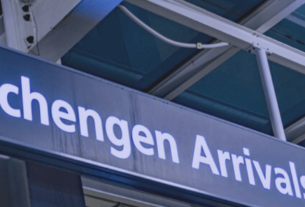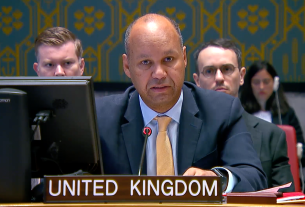A Qatar Airways flight from Doha to New York descended into confusion mid-journey when a child, reportedly left unsupervised, stabbed a fellow passenger with a metal fork. The incident, which occurred during the 14-hour flight, was partially captured on video and has since gained significant attention online.
According to witnesses, the young girl roamed the cabin while her mother slept, eventually approaching a female passenger and stabbing her without warning. The victim, clearly alarmed, alerted crew members, exclaiming, “She’s over here stabbing people with forks.” Flight attendants quickly intervened, confiscating the fork and waking the child’s mother.
Tensions escalated when the injured passenger, visibly upset and holding a sandal, threatened retaliation. The altercation sparked debate on social media, with opinions divided—some criticizing the woman’s reaction, others blaming the lack of parental supervision.
While Qatar Airways has not released an official statement, aviation consultant Janet Richardson told reporters that this incident highlights a growing concern in commercial air travel: the challenge of managing unsupervised children on long-haul flights. “Airlines offer resources for young travelers, but the duty of care ultimately rests with the parent,” Richardson explained. “In confined environments, one child’s behavior can affect hundreds.”
This case adds to a rising trend in disruptive behavior aboard flights. The International Air Transport Association (IATA) has reported a surge in mid-air incidents since the pandemic, prompting airlines to enhance de-escalation training for crew members.
Other notable in-flight disturbances include a 2022 JetBlue flight where a man threatened a woman with a razor blade and a 2024 United Airlines flight in which a sleeping passenger was violently attacked. Both cases ended with passenger intervention and arrests upon landing.
This latest incident reinforces the urgent need for proactive supervision and standardized safety responses to ensure passenger well-being at 35,000 feet.
Sources:
- International Air Transport Association (IATA)
- Eyewitness accounts and video shared on social media
- Commentary from aviation consultant Janet Richardson



